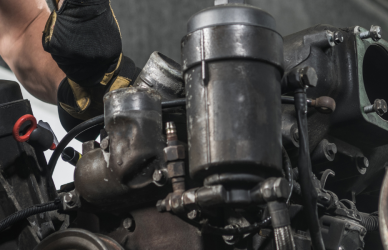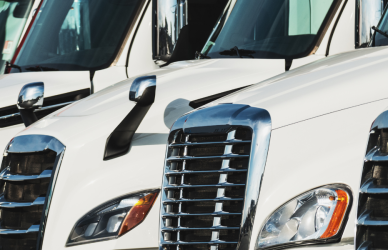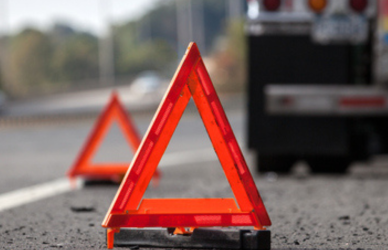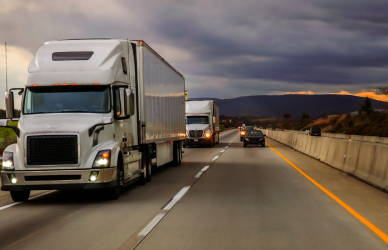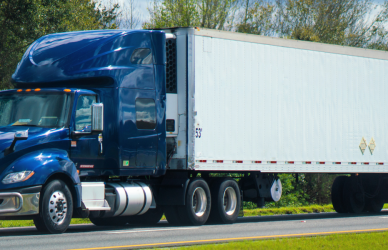The U.S. Environmental Protection Agency is reaching out to industry experts and innovators to gather information and insight into crafting its Clean Port and Heavy Vehicles Programs. Specifically, the EPA is striving to learn more about zero-emission heavy trucks, fueling infrastructure, and carbon-free port equipment. This feedback will be used to develop two clean energy programs funded by the Inflation Reduction Act.
One program, the Clean Heavy-Duty Vehicles Program, has $1 billion in grants and rebates earmarked to incentivize the widespread use of zero-emission Class 6 or 7 vehicles. The other, the Grants to Reduce Air Pollution at Ports Program, has $3 billion in funding and aims to reduce air pollution in port areas.
Join the conversation and share your knowledge to help shape the future of clean transportation. The deadline for input is today, June 5th.
The Clean Ports Program is designed to promote the adoption of eco-friendly port equipment and technology that emits zero harmful emissions. This initiative also provides financial aid for developing climate action plans and the planning/permitting processes involved in acquiring and installing green port equipment/technology. The EPA has identified an array of electric and hydrogen vehicles and equipment that are becoming increasingly available in the commercial truck and ports sectors.
“Given the wide range of potential vehicles and equipment that could be considered for funding under the Clean HDV and Clean Ports Programs, EPA believes it is critical to provide an opportunity for all stakeholders (e.g., manufacturers, distributors, installers, fleet operators, port operators) to share information about their products and firsthand experience with zero-emission technologies if they so choose, in order to give EPA the broadest understanding possible of potential vehicles and equipment eligible to fund,” the agency stated.
The EPA is reaching out to a variety of stakeholders, including fleets, manufacturers, ports, municipalities, school districts, and utilities, to gather information on zero-emission technology. Specifically, they are interested in learning more about electric or fuel cell delivery trucks, refuse trucks, utility trucks, school buses, and day cab tractors, as well as the necessary charging and fueling infrastructure for these vehicles.
In addition, the EPA is seeking input on carbon-free port equipment, such as electric or fuel cell drayage trucks, harbor craft, locomotives, and cargo handling equipment. Stakeholders are encouraged to share information on pricing, life cycle costs compared to conventional fuels, and practical considerations for program design, such as best practices and workforce training needs. Your expertise and experience with zero-emission technology can help shape the future of sustainable transportation.
“EPA is especially interested in comments detailing the availability, market price and performance of zero-emission trucks, zero-emission port equipment, electric charging and other fueling infrastructure needs for zero-emission technologies in the near term (1-3 years, and 1-5 years for port equipment), and whether the components of these systems are manufactured in the United States,” stated the request in document EPA-HQ-OAR-2023-0216-0001.
The information collected from respondents about whether the equipment and components in infrastructure projects are made in the USA or will be in the near future will help tailor funding programs and address Build America Buy America (BABA) requirements, which mandates that federal infrastructure projects use U.S.-produced iron, steel, manufactured products, and construction materials. While the EPA can issue waivers for certain materials, federal approval depends on factors such as price and availability of domestically sourced goods.
The EPA is specifically interested in understanding the availability and differences in zero-emission Class 6 and 7 trucks, as well as zero-emission trucks that serve ports and port equipment, along with their related charging and fueling infrastructure requirements. This data will allow the EPA to design programs that efficiently fund current zero-emission technologies while also considering allowances, such as longer project time frames, for specific technologies.
After gathering information from stakeholders, the EPA will engage in discussions with other federal, state, and private sector stakeholders to explore ways of supporting other funding opportunities.
To make your voice heard, send written input on the Clean Ports Program design at [email protected] by today, June 5.
Sources: Transport Topics, EPA.gov



